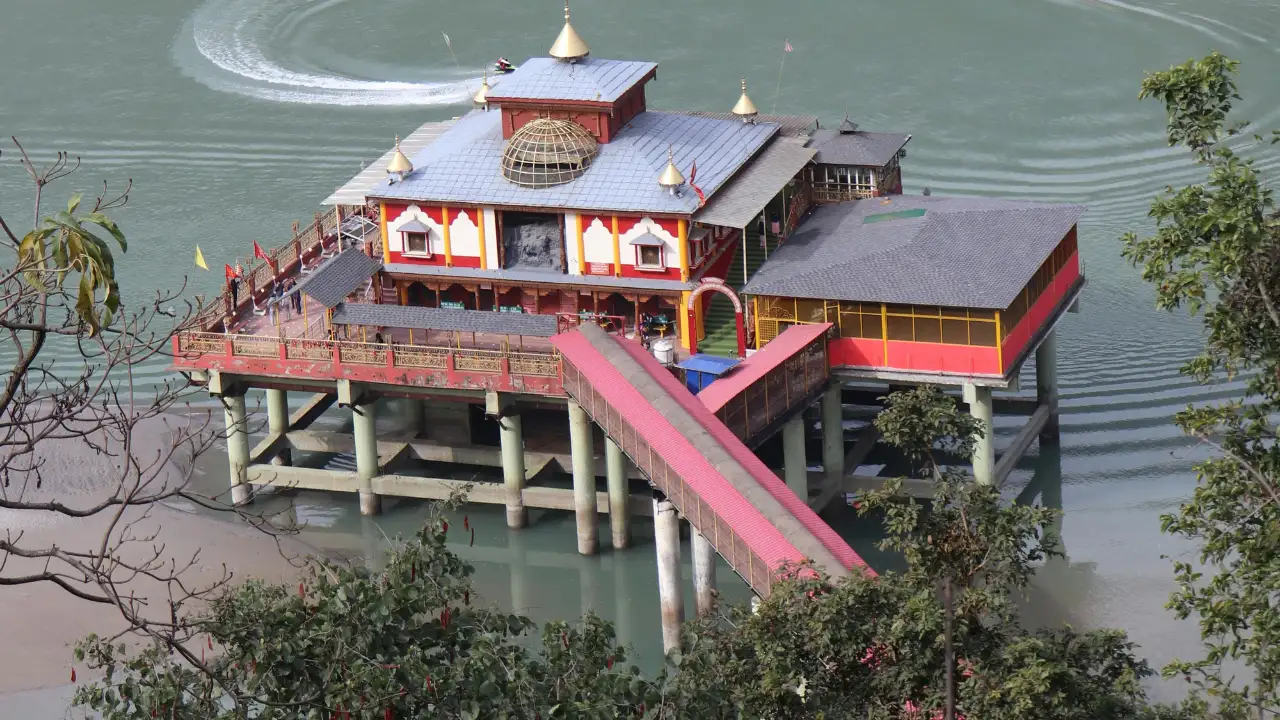Perched on the banks of the Alaknanda River in Uttarakhand, the Dhari Devi Temple is not just another shrine — it is a place wrapped in devotion, legends, and mystery. Locals believe that Goddess Dhari Devi is the protector of the Char Dham Yatra and the guardian spirit of the region. For centuries, devotees have made their way to this sacred site to seek her blessings, protection, and guidance before embarking on their Himalayan journeys.
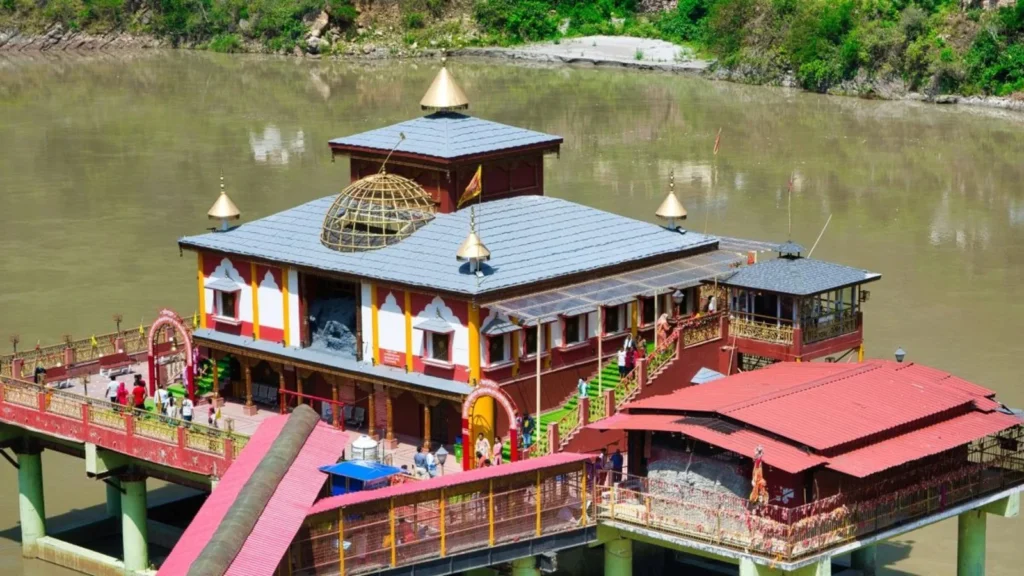
Who Was Dhari Devi?
The goddess we worship today as Dhari Devi was not originally known by this name. She was a young girl, the only sister among seven brothers. Their parents had died when the children were young, so the brothers raised their sister with affection and care. For a while, life seemed peaceful, and the girl was deeply loved by her family.
But as fate would have it, their lives took a dark turn.
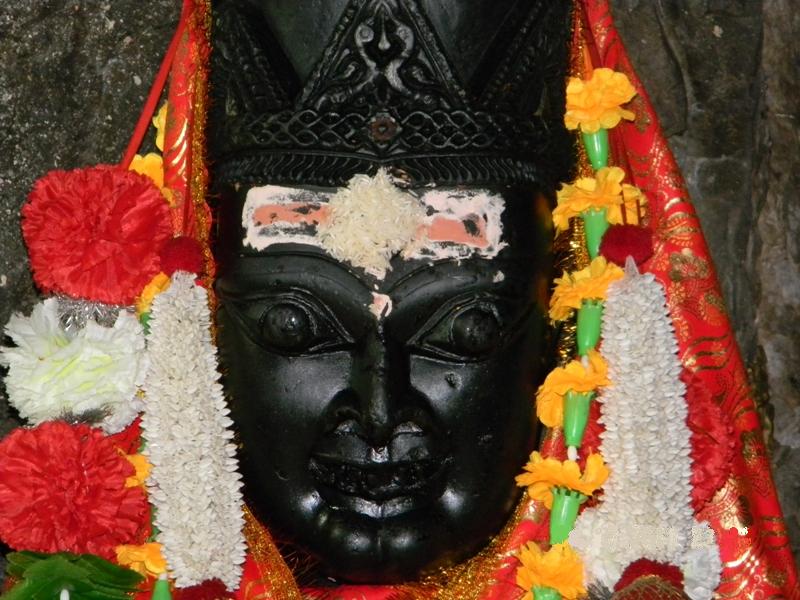
The Turning Point in the Story
As the girl grew older, astrologers and village priests began to claim that her presence was inauspicious. They warned the brothers that misfortune would befall them if she remained in the house. Tragically, the prediction seemed to come true – one after another, five of the brothers died.
The two surviving brothers were overcome with fear and superstition. Instead of protecting their young sister, they began to believe that she was the cause of their misfortune. Bound by blind faith in the astrologers’ words, they made a decision that would forever change history.
The Cruel End
At the tender age of 13, the brothers killed their own sister. According to legend, they beheaded her in a fit of fear and superstition. Her head was thrown into the rushing waters of the Alaknanda River, while her body was left behind.
But the story did not end there. The river carried her severed head downstream until it reached the village of Kalyasaur. There, the villagers heard a divine voice guiding them to retrieve the head and establish it as a shrine.

How She Became “Dhari Devi”
The young girl’s original name was lost with time. Today, she is remembered as Dhari Devi because her temple stands opposite the Dhari Village. The people began calling her the “Devi of Dhari,” and eventually, the name became permanent.
Thus, what we know today as the Dhari Devi Temple is actually the shrine of a martyred girl whose spirit transformed into a divine protector.

Unique Belief: The Changing Idol
One of the most fascinating aspects of the temple is the belief that the idol of Dhari Devi changes forms throughout the day.
- In the morning, her face is believed to look like that of a young girl.
- By afternoon, she appears as a woman.
- In the evening, the idol takes the form of an elderly woman.
This transformation symbolizes the different stages of life — childhood, youth, and old age — making the goddess relatable to every devotee.
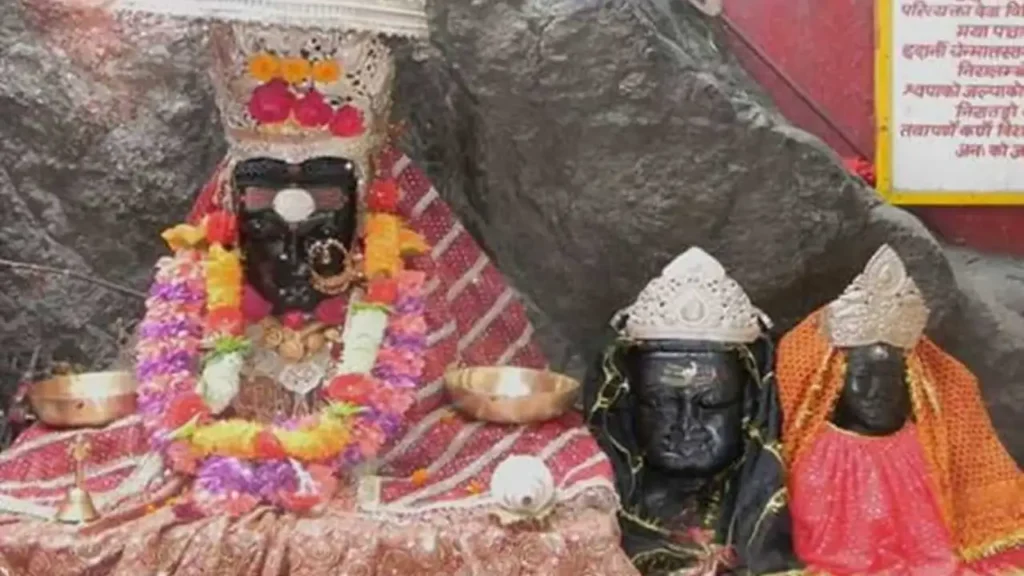
Location and Setting
The temple is located near Srinagar in Pauri Garhwal, en route to the Char Dham shrines. Built on a rock in the middle of the Alaknanda River, it can be reached by crossing a small footbridge. The gushing waters around the temple add to its mystical aura, making it a perfect blend of faith and nature.
Dhari Devi and the Kedarnath Floods
In June 2013, Uttarakhand witnessed one of the worst natural disasters in its history — the Kedarnath floods. Thousands of lives were lost, countless villages were destroyed, and large parts of the Char Dham route were swept away. Among the many stories that emerged from this tragedy, one that has stayed alive in people’s minds is the mysterious link between the removal of the Dhari Devi idol and the devastation that followed.

The Goddess Who Protects the Himalayas
Dhari Devi is revered as the guardian goddess of Uttarakhand. Locals believe that she protects the Himalayan region from calamities, especially floods and landslides. Her temple, built on a rock in the middle of the Alaknanda River, has always been considered a powerful energy center.
Unlike other temples that stand tall with grand architecture, the Dhari Devi Temple is simple. Yet, the spiritual aura of the goddess is so strong that pilgrims stop here on their way to Badrinath or Kedarnath to seek her blessings. The belief is clear — without her protection, the Char Dham Yatra cannot be considered complete.
The Incident Before the Floods
In 2013, just hours before the catastrophic floods hit Kedarnath and other parts of Uttarakhand, something unusual happened at Dhari Devi Temple.
The original shrine stood on a small rock in the middle of the river. For a long time, the temple’s position was seen as an obstacle to a proposed hydroelectric power project in the region. On June 16, 2013, the idol of Goddess Dhari Devi was shifted from her centuries-old seat to a newly constructed higher platform to make way for the project.
Devotees and locals strongly opposed this relocation, warning that disturbing the goddess’s original abode could invite her wrath. But despite protests, the idol was removed in the evening. Within hours, the skies opened, torrential rains poured down, rivers overflowed, and flash floods ravaged Kedarnath and surrounding areas.
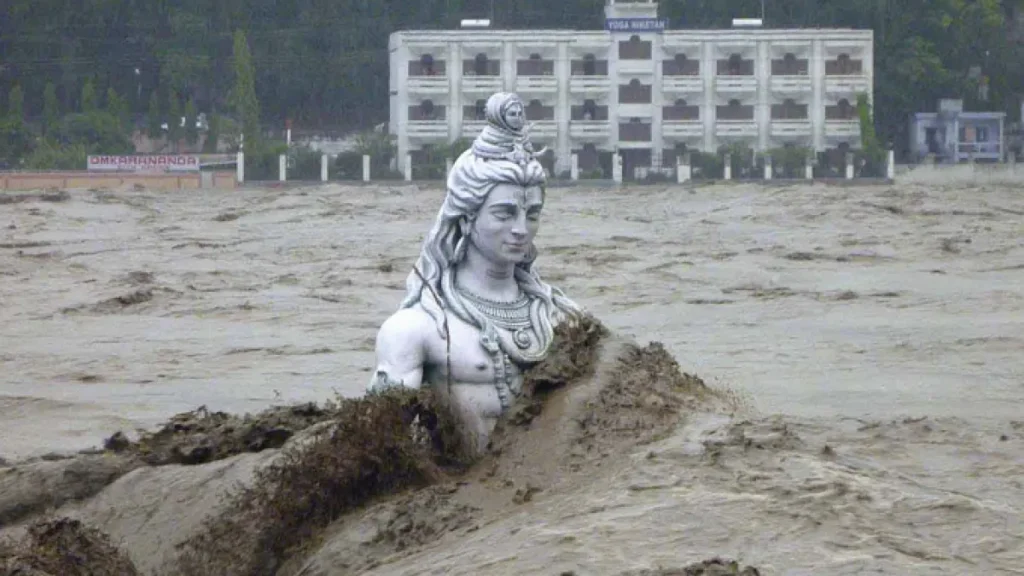
Coincidence or Divine Wrath?
For many locals, the timing of these events was no coincidence. They believed that shifting the idol angered the goddess, leading to nature’s fury. Stories spread quickly that the removal of Dhari Devi’s idol caused the Kedarnath disaster.
In fact, some priests and villagers had predicted something dreadful would happen if the goddess was displaced. Their warnings, ignored at the time, seemed eerily true in the aftermath of the floods.
On the other hand, scientists and rationalists attribute the tragedy to cloudbursts, excessive rainfall, and poor infrastructure planning in the fragile Himalayan ecosystem. They argue that linking the natural disaster to the temple incident is more symbolic than factual.
Still, for the people of Uttarakhand, the disaster only strengthened their age-old faith in Dhari Devi’s protective powers.
Historical Parallels
This was not the first time the goddess’s wrath was linked to a tragedy. Local folklore mentions that during the reign of the Garhwal kings, attempts were made to relocate the idol. Each time, misfortune struck — floods, landslides, or loss in battles. Over time, this reinforced the belief that the idol must never be moved from its place.
The 2013 incident added a modern chapter to this age-old belief, making Dhari Devi’s legend even stronger.
Faith and Fear
Today, when travelers pass by the Dhari Devi Temple on their way to Badrinath or Kedarnath, they bow their heads with extra reverence. Locals say that the Kedarnath floods were a reminder of what happens when divine powers are disturbed. Many people who lost their loved ones in the tragedy continue to narrate stories of how the goddess protects the land, and how humans must respect her abode.
This sense of fear and faith together make Dhari Devi not just a guardian deity, but also a symbol of Uttarakhand’s fragile balance with nature.
A Lesson in Harmony
Whether one chooses to believe in the divine connection or not, the incident leaves behind a strong message. The Himalayas are sacred, both spiritually and ecologically. Disturbing their natural balance — whether by ignoring the environment, overbuilding, or disregarding cultural traditions — can lead to disaster.
Dhari Devi’s story is thus more than just a religious tale. It is a reminder of how closely faith and nature are tied together in the Himalayas. The goddess stands as a symbol of respect — for rivers, mountains, and the forces beyond human control.
Present Day
After the floods, the idol was restored to her new shrine built on a raised platform above the river. Pilgrims still flock to the temple, believing that the goddess has resumed her role as the protector of Uttarakhand. Rituals and offerings are carried out daily, and the temple remains an important stop on the Char Dham route.
But even today, the 2013 tragedy is remembered every time devotees step into the temple. For them, the Kedarnath floods are a chilling reminder of what can happen when Dhari Devi’s place is disturbed.
Spiritual Importance
- Devotees stop at Dhari Devi Temple before continuing to Kedarnath or Badrinath, believing that her blessings ensure a safe journey.
- She is regarded as the protector deity of Uttarakhand, safeguarding the villages from natural disasters.
- Rituals and prayers at the temple are performed with utmost faith, especially by those starting their Char Dham Yatra.
Architecture and Atmosphere
The temple is modest, without grand carvings or towering structures, but its charm lies in its simplicity and raw natural setting. Surrounded by lush hills and the roar of the Alaknanda River, the atmosphere feels both calming and powerful.
When evening aarti takes place, the sound of bells mixed with the river’s flow creates a spiritual experience unlike any other.
How to Reach Dhari Devi Temple
- By Road: Located about 14 km from Srinagar (Uttarakhand) on the Srinagar–Badrinath highway.
- By Train: The nearest railway station is Rishikesh (about 120 km away).
- By Air: Jolly Grant Airport, Dehradun (about 136 km away).
Nearby Attractions
If you are visiting Dhari Devi Temple, you can also explore nearby destinations:
- Kalimath Temple: Associated with the lower half of Goddess Kali’s idol.
- Rudraprayag: Famous for the confluence of the Alaknanda and Mandakini rivers.
- Srinagar: A cultural hub with ancient temples and scenic beauty.
- Devprayag: Sacred town where Alaknanda and Bhagirathi merge to form the holy Ganga.
Tips for Visitors
- Carry comfortable walking shoes; the approach involves a small trek.
- The temple is open from early morning till evening, but mornings and evenings are considered most auspicious.
- Photography inside the temple premises may be restricted; always follow local guidelines.
- Respect the environment around the temple — avoid littering near the sacred river.
Frequently Asked Questions (FAQ)
Where is Dhari Devi Temple located?
Dhari Devi Temple is located on the banks of the Alaknanda River in Kalyasaur, Uttarakhand, between Srinagar and Rudraprayag.
Why is Dhari Devi Temple famous?
It is believed to be the guardian goddess of Uttarakhand and the protector of the Char Dham shrines.
Which goddess is worshipped at Dhari Devi Temple?
The temple is dedicated to Goddess Kali in her fierce manifestation, known as Dhari Devi.
What is the significance of Dhari Devi Temple?
Devotees believe the goddess protects Uttarakhand from natural calamities and preserves the sanctity of the Char Dham Yatra.
Can we visit Dhari Devi Temple throughout the year?
Yes, the temple is open year-round, but the best time to visit is from April to November.
How can one reach Dhari Devi Temple?
The temple is accessible by road; the nearest major towns are Srinagar and Rudraprayag, with a short walk from the parking area.
Is there any myth associated with Dhari Devi Temple?
Yes, legends say that removing or disturbing the deity’s idol brings natural disasters to Uttarakhand.

